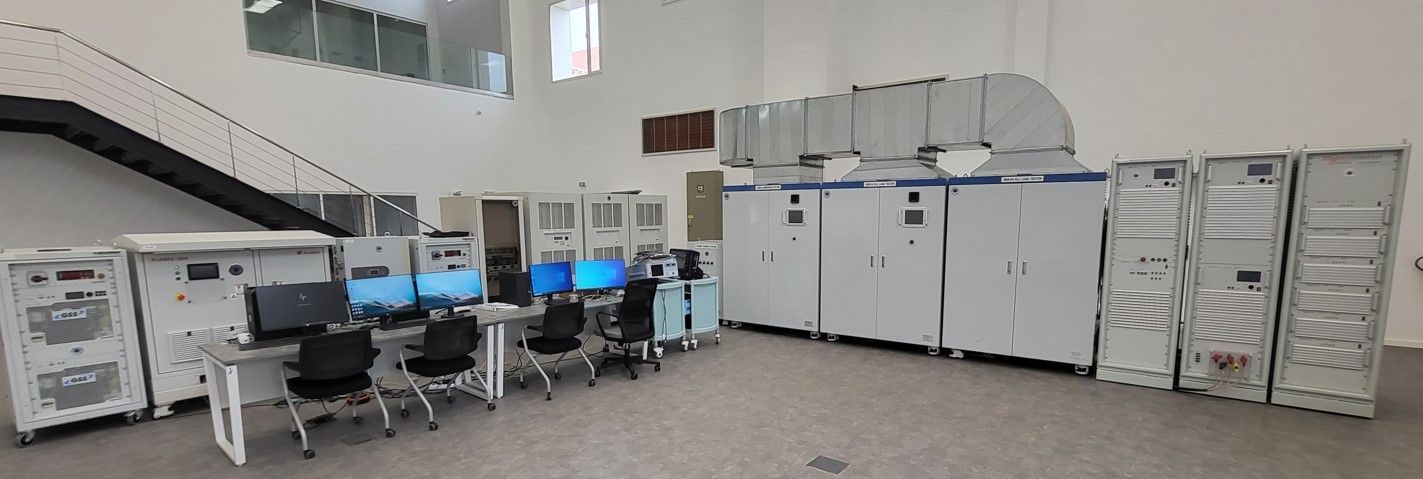WithBEER Builds a 300 kW Microgrid Testbench Integrating SCADA Systems
Researchers Can Test Safety, Power Conditioning, and Energy Storage
“As part of the KOICA-led project and Moroccan Green Technology Research and Development Comprehensive Support Project, we designed and built the entire system configuration of a 300 kW microgrid testbench and built a Model-Based Design SCADA so that local researchers could utilize it.”
Key Outcomes
- Simscape Electrical™ enabled the team to effectively integrate the microgrid testbench with the SCADA system
- The real-time test environment using Simulink Real-Time offered flexibility to researchers and engineers, with algorithm implementation, feature addition, load profile creation, and load control
- Simulink® tools allowed the easy maintenance and usability of automated and manual algorithm testing
Korean-based startup WithBEER is involved in the Morocco Green Technology R&D Comprehensive Support Project. As part of this program, it designed and built a 300 kW microgrid testbench to accelerate renewable energy utilization.
The WithBEER team used Simulink Real-Time™ to build a testbench with hardware-in-the-loop (HIL) simulation, integrating real-time simulator Speedgoat® with power equipment. The initial prototyping began with automated tests for each instrument such as linear power amplifiers, switching devices, AC sources, passive loads, inverters, and more. Real-time simulators established individual controls before configuration and integration into the microgrid.
Due to space limitations, a 90 kW integration test was conducted first. In Morocco, the original available power source was limited to 270 kW, which was below the required 300 kW. To mitigate this, the team implemented a load management strategy that incorporated component discharging.
A testbench for 300 kW full-load testing was established in Morocco and successfully put into operation with technical training and support from WithBEER. A Model-Based Design Supervisory Control and Data Acquisition (SCADA) was also built, enabling researchers to add different features for various tests including safety, power conditioning, energy storage, low/high voltage, and line impedance simulation.
